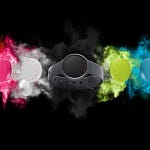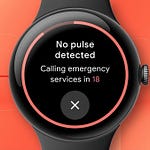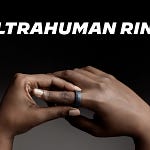Welcome to PULSE by Wareable – this week we have one of the most enjoyable podcast episodes I’ve made to date.
James Hewitt is a fascinating character in the world of wearable technology. A former elite road racing cyclist, he’s now a Human Performance Scientist who specializes in wearable technology and its benefits (and pitfalls). His time is spent speaking and offering consulting services to companies interested in boosting the performance of their people.
James discovered the potential of wearables as a cyclist and then a coach – but his work took a twist as he started to focus on helping non-athletes find their peak performance via wearable tech data.
You can listen to the podcast, but we’ve also outlined some of the key talking points below for those who prefer to read.
This episode covers:
What is peak performance?
How wearables can be used to positively affect performance
The key metrics we use to assess performance in work and sport
How wearables can be used for chrono-working – and its potential
The four types of wearable users – and the one type that finds wearables the most effective for peak performance
How wearable makers should focus on changing people’s user-type behavior, not scores and metrics
The pitfalls of wearables and performance
How wearable data can affect our performance through perceptions
The need for data individualization in wearables
Wearables and peak performance
Performance is our ability to complete tasks efficiently and effectively – regardless of whether that’s from a sport or business perspective. Peak performance would be the ultimate expression of that
Peak performance doesn’t mean creating the perfect conditions - it’s often about performing in adverse conditions and when we’re not at our best
Building performance is about capacity and adaptability – wearables are ideally placed to help us track resource allocation of energy and effort and offer feedback loops
The key metrics to track peak performance:
Heart rate variability (HRV) offers us a window into our parasympathetic nervous system and gives us an idea of how well we can respond to both physical and mental stress. When athletes adapt retraining to HRV, generally they experience better benefits over time. In the workplace setting, higher HRV can be linked to higher levels of sustained attention
Sleep: Getting six hours per night for two weeks leads to declines in cognitive performance equivalent to a drop of 15 IQ points or two nights without sleep
EEG can measure elements such as stress and focus and there have been interesting case studies from Emotiv and Neurable. There’s evidence that understanding focus levels and instructing workers to take breaks could yield benefits in efficiency that outweigh the breaks themselves















